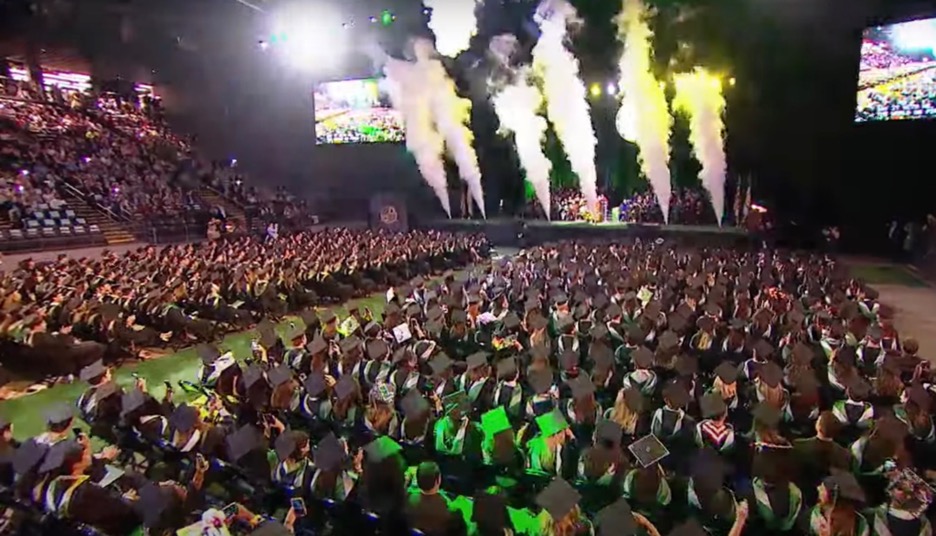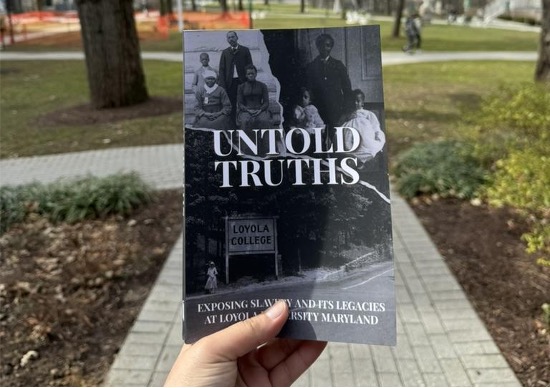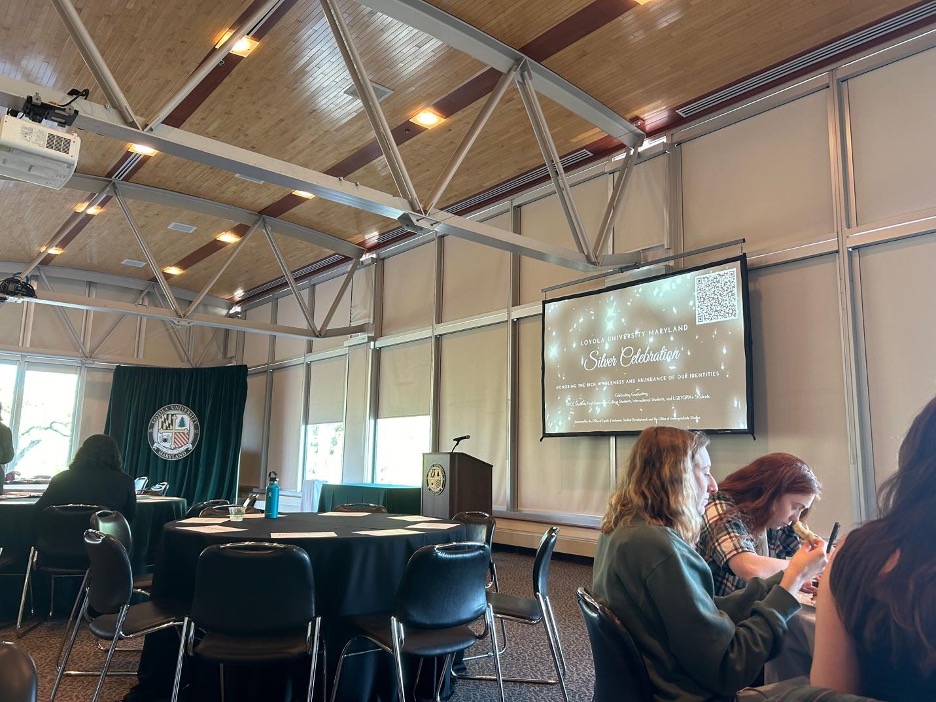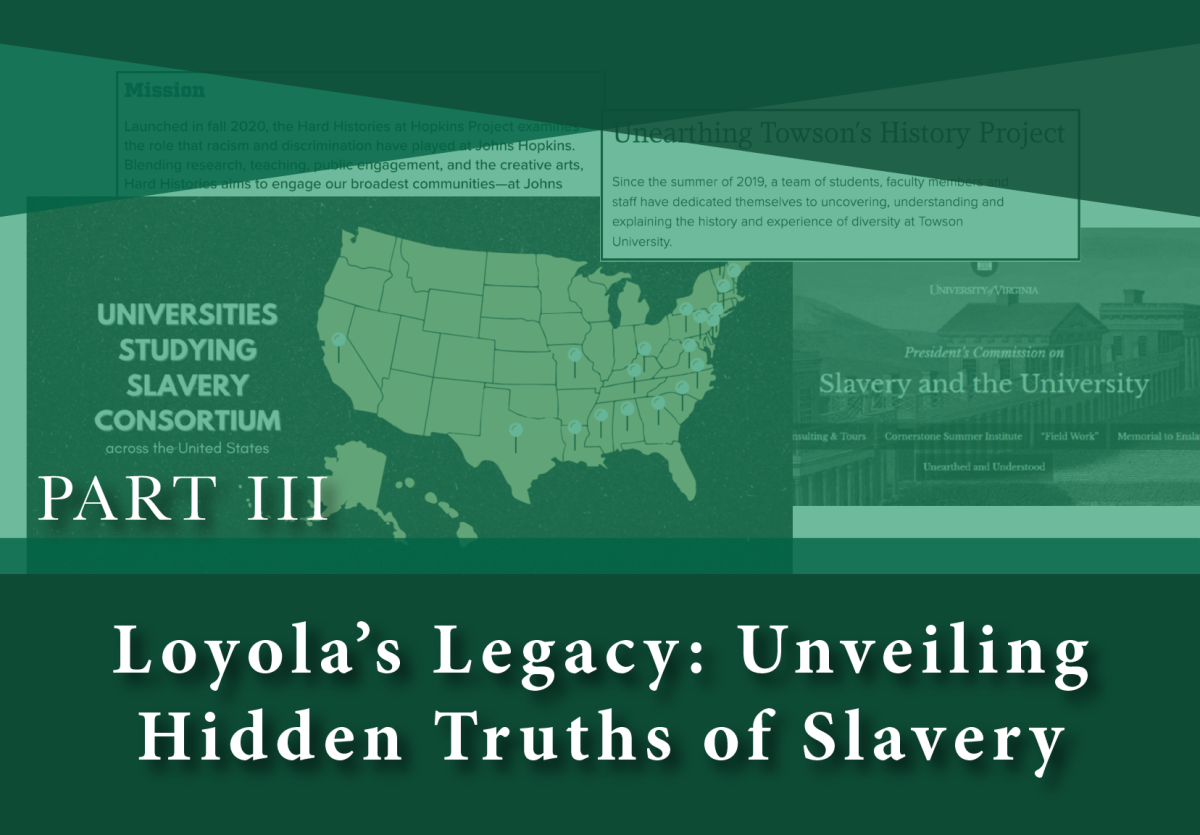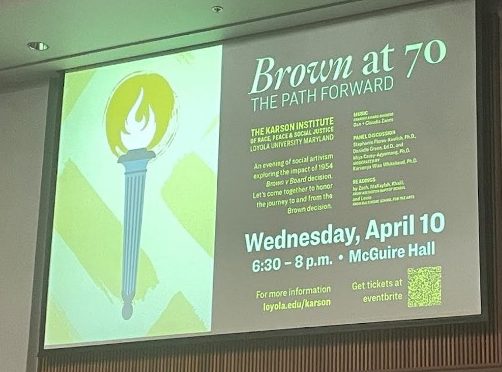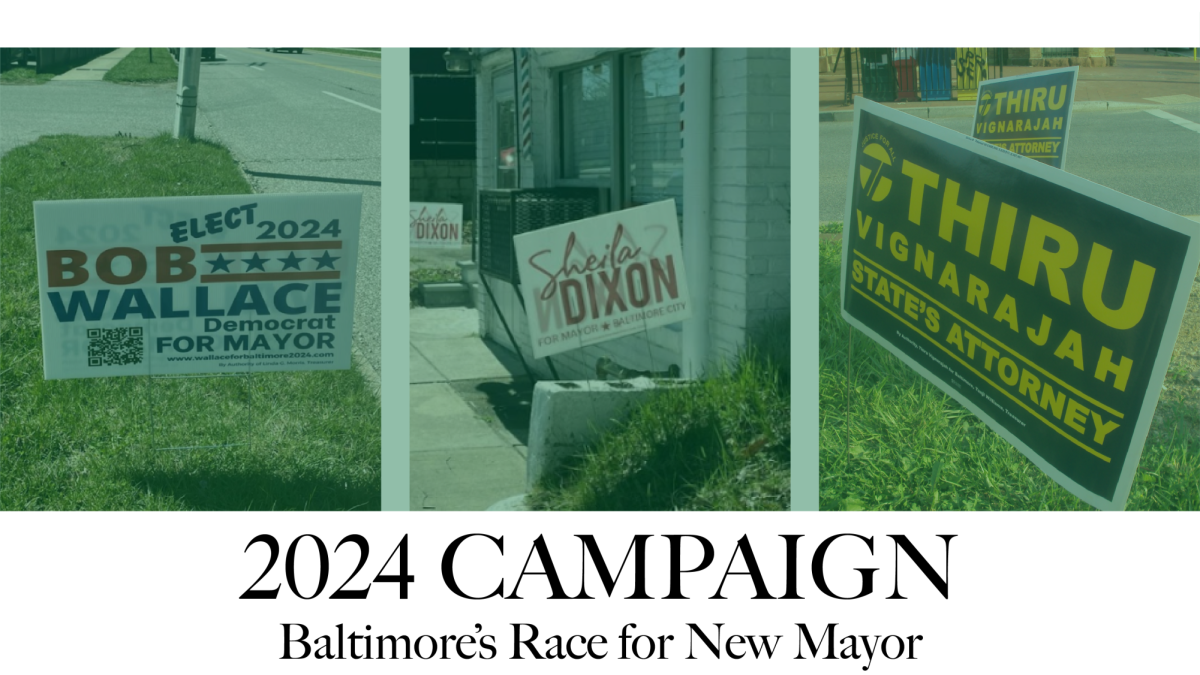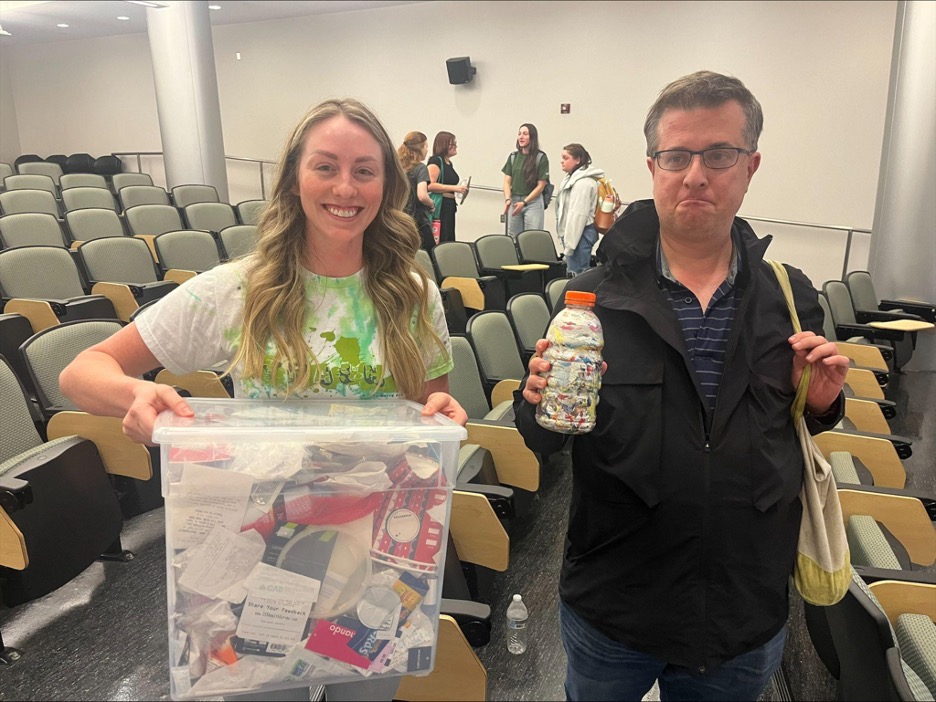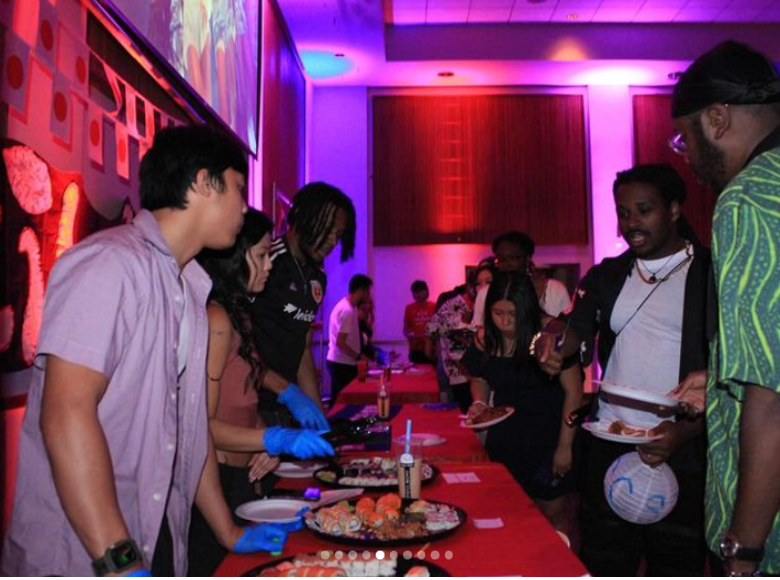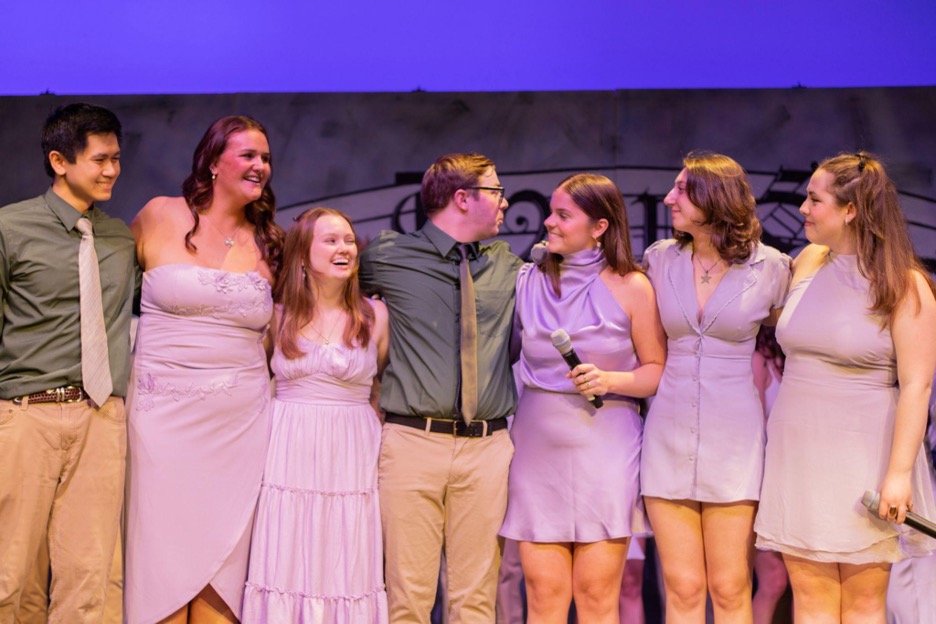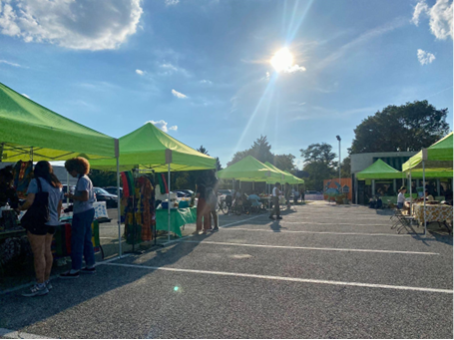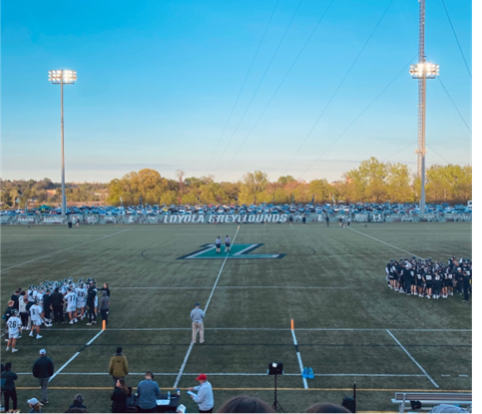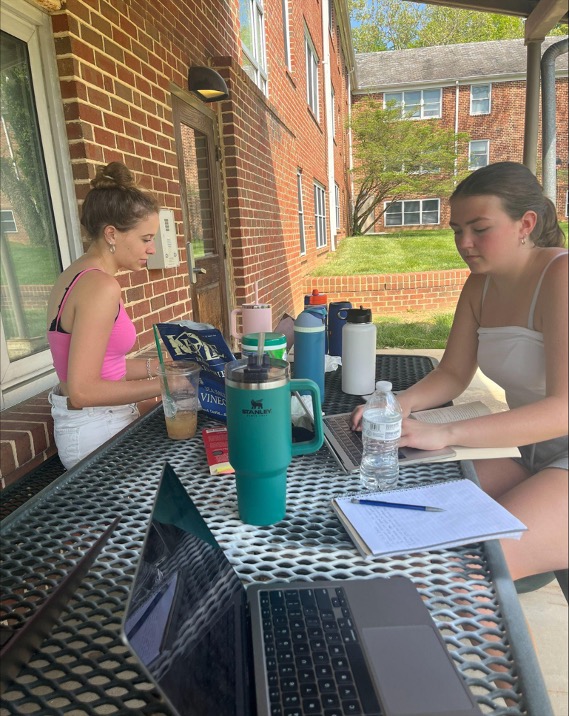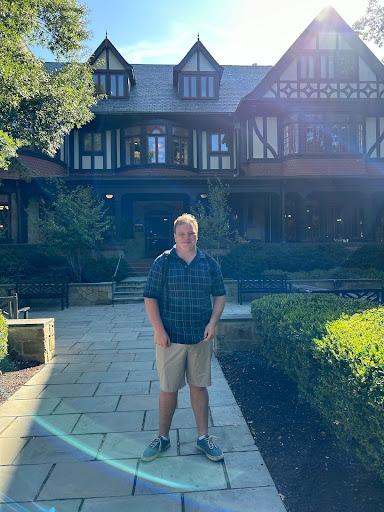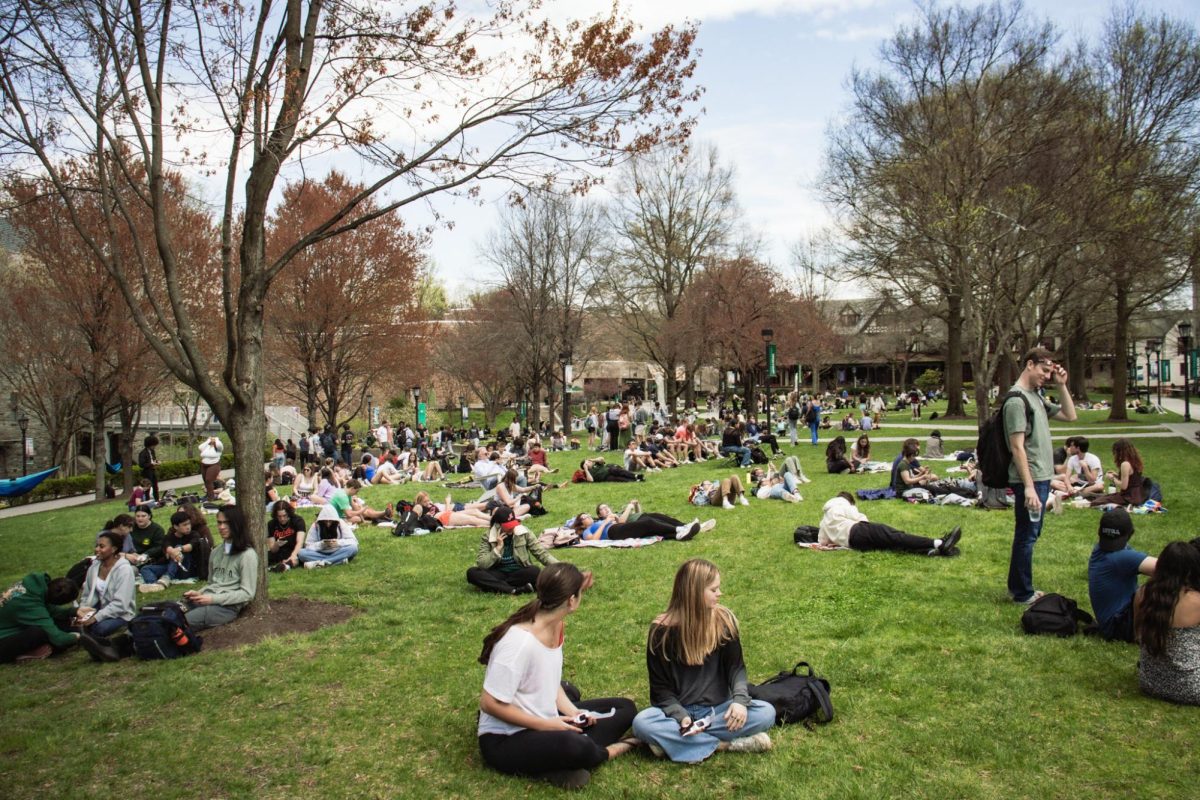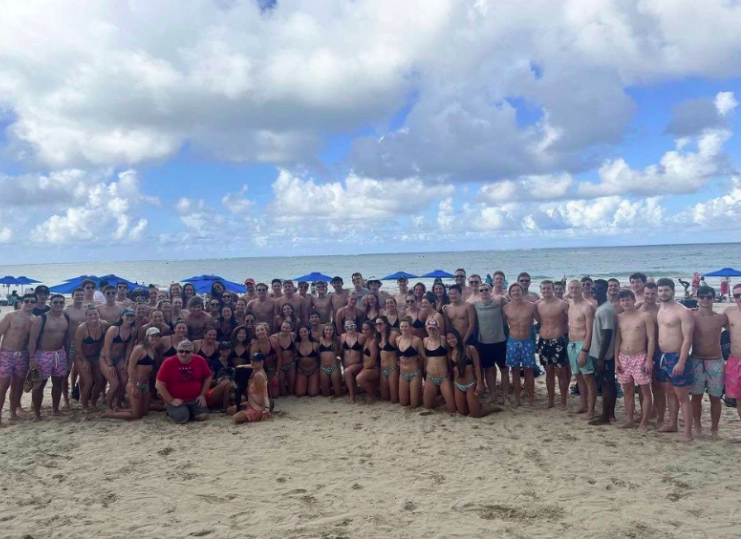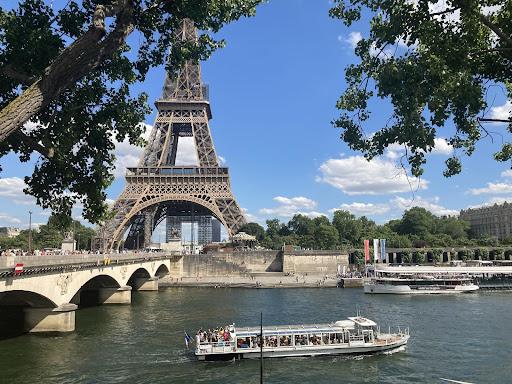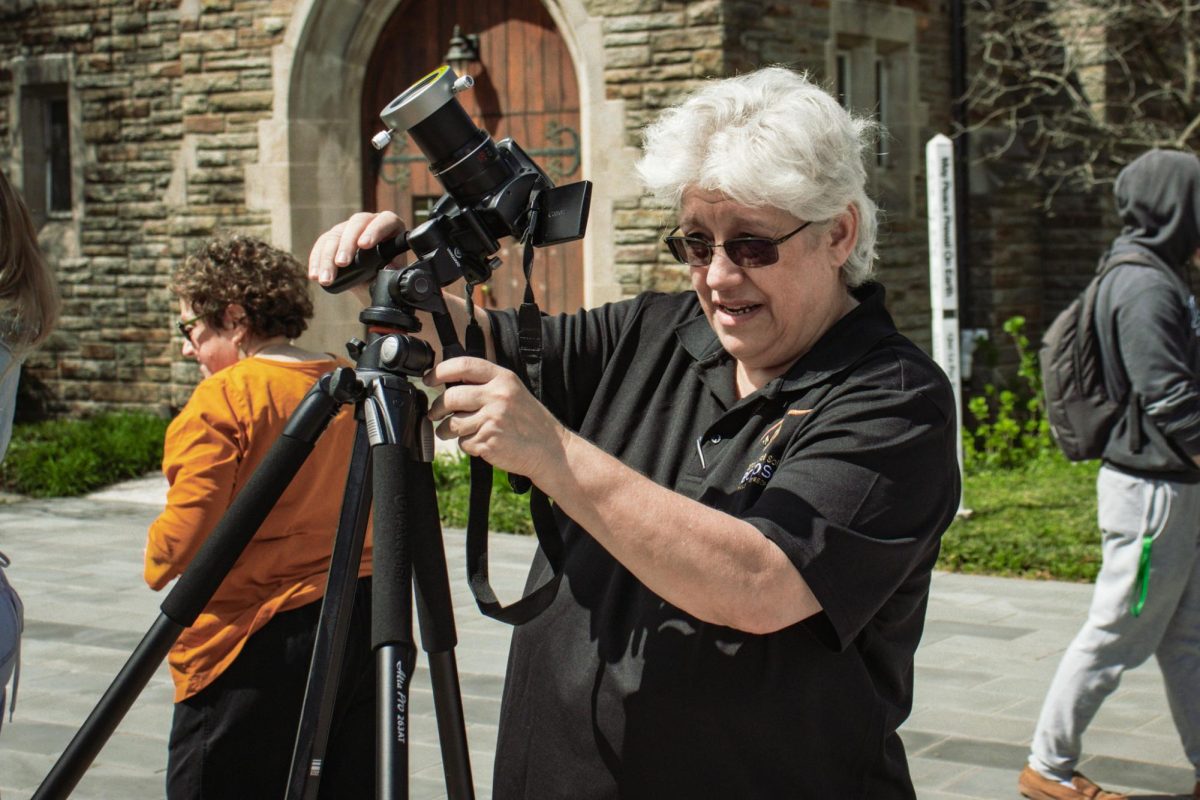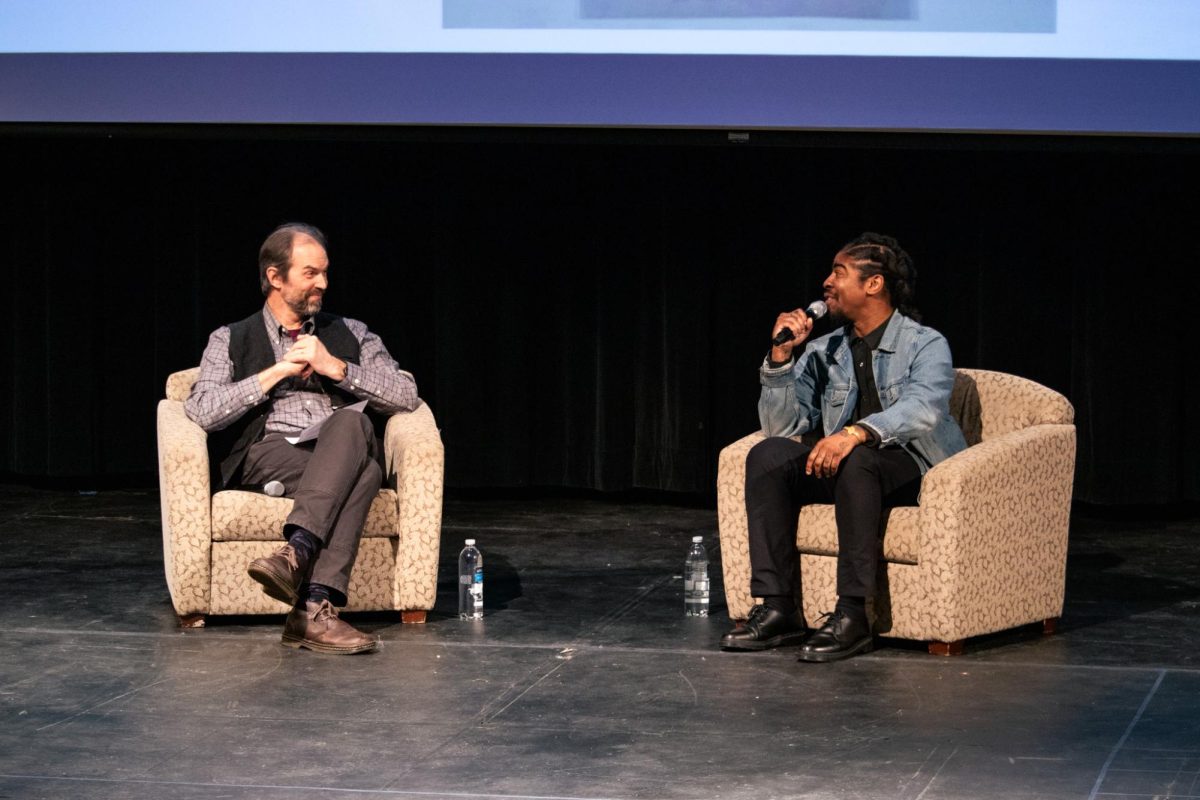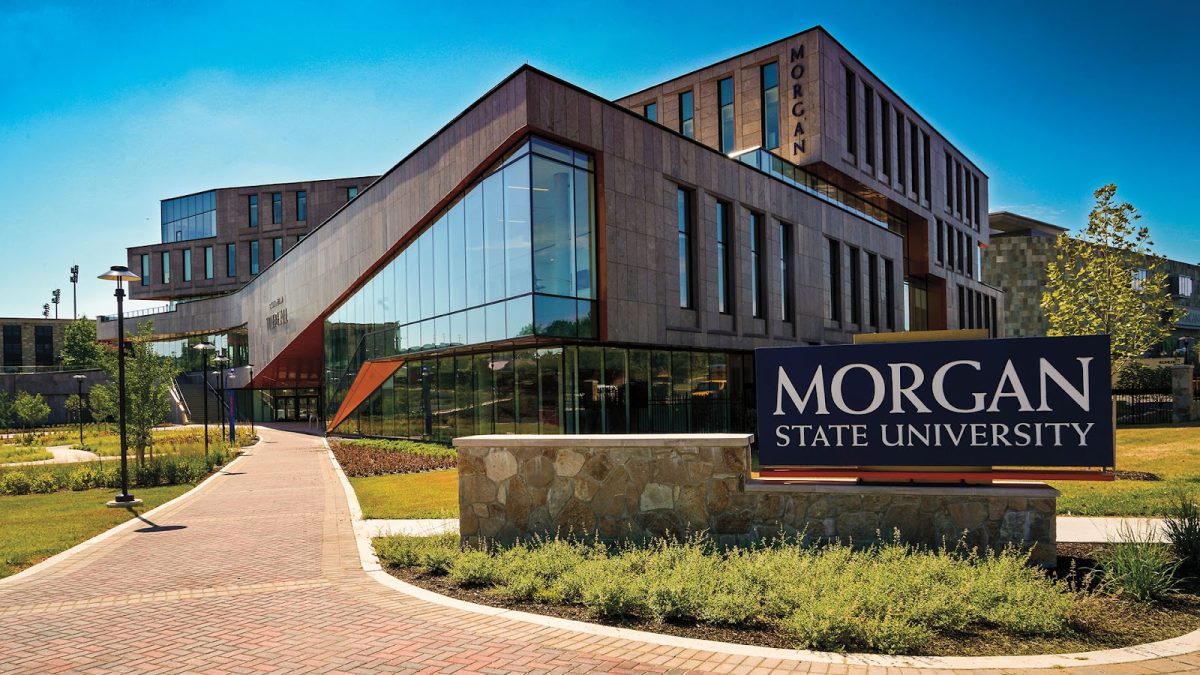A catastrophic event has sent shockwaves through Baltimore the morning of Tuesday, March 26. At 1:30 a.m., the Francis Scott Key Bridge collapsed after a container ship lost power and crashed into its structure.
The bridge, a vital link in the city’s infrastructure, gave way under the force of the impact, sending multiple vehicles and structural pieces into the Baltimore Harbor.
Infrastructure and History of the Francis Scott Key Bridge
The Francis Scott Key Bridge spans 1.6 miles across the Patapsco River in the Port of Baltimore and Chesapeake Bay. The bridge was constructed after the Baltimore Harbor Tunnel had reached its traffic capacity during rush hours. The state concluded that there was a need for a second harbor, leading to officials drafting a concept of a four-lane bridge.
Construction began in 1972 and opened on March 23, 1977. It was named after Francis Scott Key, author of “The Star-Spangled Banner” as the site of the bridge was believed to be where Key witnessed the bombing of Fort McHenry on Sept. 12, 1814.
It is estimated to have cost $110 million to construct. The Francis Scott Key Bridge was considered a milestone in Maryland’s transportation and hailed as a significant engineering accomplishment.
The Francis Scott Key Bridge, sometimes known as the “Gateway to Baltimore,” carries 11.3 million vehicles annually, including cars and trucks sometimes containing hazardous waste. The bridge was designed as a metal truss-style bridge with a suspended deck. Truss bridges typically use fewer materials and extend to three or more supports without being attached to hinges or joints.
In May of 2022, the bridge passed inspection, but there was concern for one of the bridge’s columns. The condition rating for this particular column dropped from a 77.8 rating to a 65.9. Despite this, the collision of the cargo ship is likely the primary cause for the collapse, not the infrastructure.
The Singaporean Dali cargo ship, navigating the waters near the bridge, issued a mayday call indicating a loss of power. Despite efforts to avoid collision, the vessel struck the bridge, triggering its collapse.
Initial reports indicate eight casualties, all related to the bridge’s construction crew. Two individuals were rescued, one of whom is hospitalized, while six remain unaccounted for.
Maryland Governor Wes Moore’s declaration of a state of emergency underscores the severity of the situation, with search and rescue efforts prioritized to locate and save any individuals trapped in the wreckage, putting aside questions of rebuilding.
“The Key Bridge is gone… [as Marylanders] that shakes us… it’s heartbreaking,” Moore said during the press conference.
Baltimore Mayor Brandon M. Scott spoke about the event, which he describes as an unthinkable tragedy.
“We have to, first and foremost, pray for all of those who are impacted, those families. Pray for our first responders and thank them.” Scott said.
Q&A with a first responder in Baltimore
First responders all over the state of Maryland responded with a unit from the Baltimore City Fire Department taking incident command and directing resources. Swift water teams, medic units, and fire apparatus responded to the mass casualty incident at 1:30 a.m. on March 26. Cameron Podles ‘25, a first responder in Baltimore County and student at Loyola, lives five minutes from the bridge and was awake when the calls for help came out. Podles shares his experience in an exclusive interview.
Initial investigations reveal no evidence indicating the crash was intentional, and it has no connection to terrorism.
The collapse has severed a crucial artery of Baltimore’s transportation network, disrupting the daily commute for over 30,000 Marylanders who rely on the bridge’s connectivity. The Francis Scott Key Bridge served as a lifeline to the Port of Baltimore, facilitating the movement of goods and commerce. With its collapse, the port’s operations are significantly impacted, potentially disrupting regional and national supply chains.
Shipping in and out of the port has been paused, and officials say it is too early to say how long the rebuild of the bridge may take or for shipping to resume.
The bridge spans the Patapsco River, which is a key waterway that contains the Port of Baltimore, a major hub for East Coast shipping.
Victoria Marcondes ‘27 finds the situation horrific.
“Most people think bridges are safe. I never thought of a bridge collapsing when I drive on them, but now this is going to be on the back of my mind,” Marcondes said.
Loyola’s Campus Ministry respond
Mark Dushel, the Assistant Director for Faith Formation at Loyola’s Campus Ministry comments on the impacts of the collapse of the Francis Scott Key Bridge on students and the Baltimore community, and how Campus Ministry is reacting in the wake of this tragedy.
Those affected by the collapse will be honored and remembered at 12:10 p.m. Daily Mass on March 27 at the Alumni Chapel.
As Baltimore grapples with the aftermath of this disaster, authorities are mobilizing resources to assess the extent of the damage and initiate recovery efforts.
This is a developing story.
Contributors:
Deborah Alarcon, Luisanni Delgado, Paige Dryden, Christopher Engelbert, Stephanie Gutwirth, Jesse Harper, Tali Hayes, Hanna Janssen, Madison Lipinski, Amy McClatchy, Nathan McConarty, Connor McGarrity, Aminah Murray, Cameron Podles, Darcy Sweeney, Katherine Albert, Simone Algere, Hayden Beach, Autumn Buachie, Jayden D’Angelo, Markus Dudley, Cassidy Garcia, Sarah Gilmour, Lili Harvey, Niki Ignacio, Malcolm Kiiza, Julia Lorenzoni, Teresa Lorenzoni, Kacy Sekunda, and Bryanna Vidal


